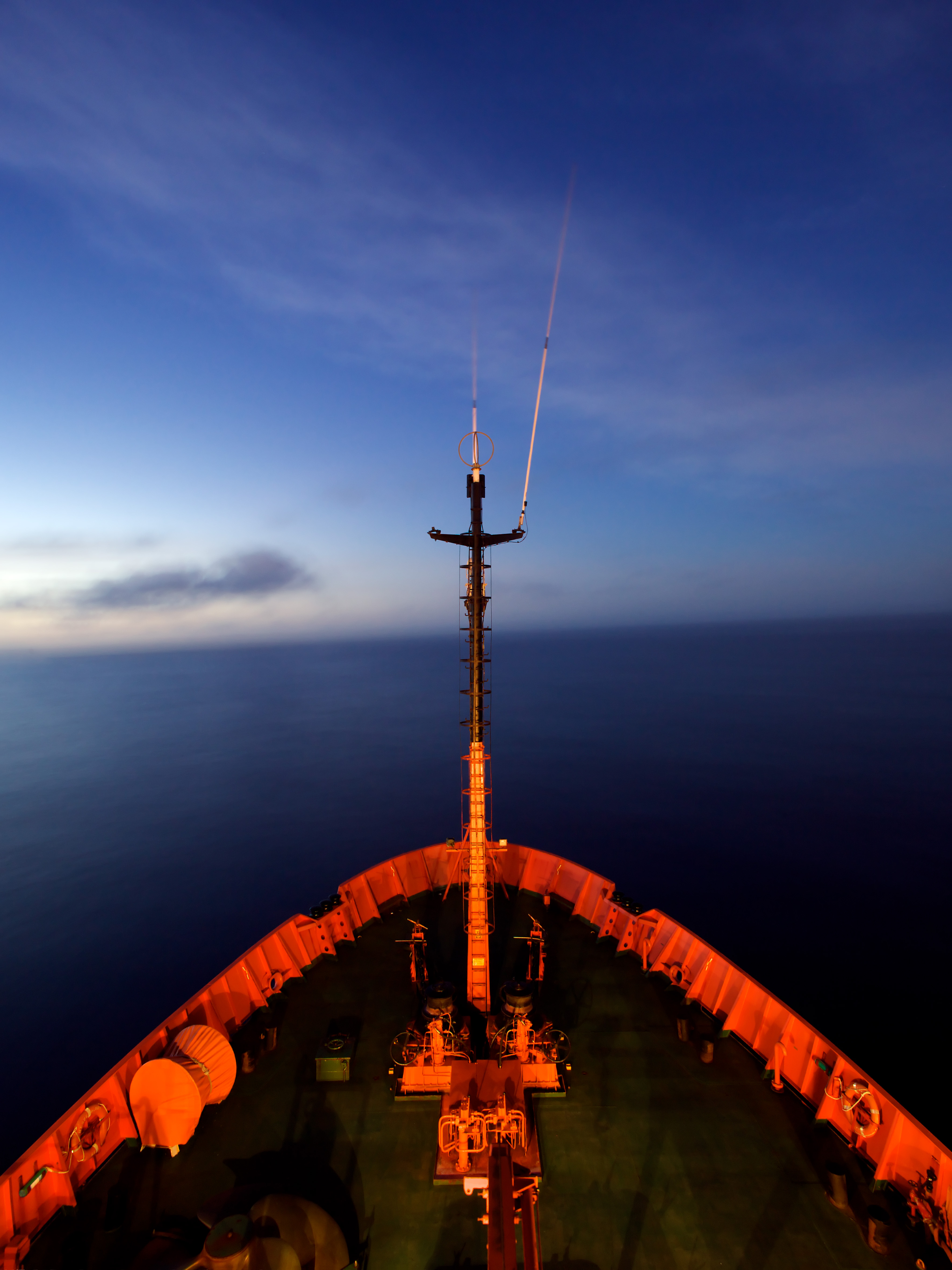A living carbon pump in the ocean could help fight climate change

Image from the Expedition. Credit: Joan Costa, CSIC

Image from the Expedition. Credit: Joan Costa, CSIC
Thanks to a team led by Carlos Duarte, Distinguished Professor of Marine Science and the Tarek Ahmed Juffali Research Chair in Red Sea Ecology at KAUST, we now have an answer: a much larger biomass exists than was previously estimated.
Processes taking place in the deepest depths of the ocean act as a pump, taking twice as much carbon out of the atmosphere as previously thought.
"In the first decade of the century, we published initial estimates indicating that respiration in the deep sea was much larger than estimates of the carbon supplied from the upper, lighted area of the ocean, but the source of carbon supporting deep-sea biological activity remained mysterious," said Duarte.
Duarte led a global project, the Malaspina Circumnavigation Expedition, to explore the ocean's depths in 146 locations around the world. The interdisciplinary team used a groundbreaking new acoustic technology to obtain estimates of animal biomass in the deeper regions of the sea that could not be reached with ship-born standard acoustic equipment. Sampling the deep ocean has typically been done with nets, which is expensive, burdensome, and can produce spotty results. The expedition scientists paired net sampling with an Acoustic Doppler Current Profiler, a device that uses sound waves to measure water current velocities, to assess water samples collected down to 4,000 meters deep.
What they found is that the biomass of pelagic organisms (meaning they inhabit the water column, not the bottom or shore) in the deep sea is much larger than previously thought, particularly below productive ocean waters.
"Our creative efforts paid off, as we first observed high acoustic evidence of large biomass below the equatorial upwelling in the Pacific Ocean reaching 4,000 meters depth. It was exciting!" said Santiago Hernandez-Leon of the Universidad de Las Palmas de Gran Canaria, who led this specific research.
Previous estimates of how life in the deeper ocean zones—the bathypelagic and mesopelagic layers—is supported from photosynthetic production in the upper waters were based on passively sinking particles, of which a small fraction reached the dark zones. But the more effective sampling of Duarte's expedition showed that deep sea fauna migrates, coming to the shallower areas to feed, and transporting carbon to the deep sea as they return to their habitat.
Although the deep sea is often depicted as a remote, alien environment, in reality it is just 1,000 meters from the surface. These animals—mostly zooplankton, decapods and fish—migrate up and down daily to feed, promoting carbon sequestration and helping to explain the cause of excess respiration in the deep sea.
"We had previously provided evidence for the rapid delivery of organic matter to the deep sea that was hitherto not believed possible," added KAUST Professor Susana Agusti, a coauthor of the study. "Based on current results from the expedition, we can confirm the mechanism involves active transport by these marine animals."
The process adds a new, active component to the so-called "biological carbon pump," and refers to organic carbon produced by photosynthesis in the upper zone of the ocean being stored in the deep sea.
There is also a broader climate change implication from this research. The scientists now know that a greater biomass exists in the deepest depths of the ocean, and that these animals play a role in transporting carbon down to ocean layers where it will be stored for hundreds of years. There is the potential to activate the biological carbon pump to help sequester carbon from the atmosphere.
"Our results suggest that there are options to enhance ocean carbon sequestration by activating the role of large pelagic animals, which deserve a close look in our efforts to mitigate climate change," said Duarte.

